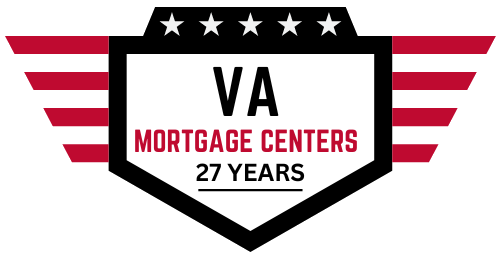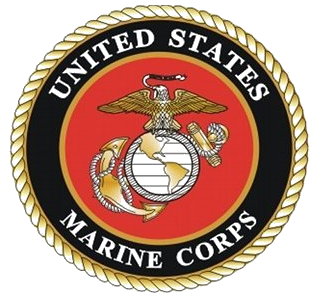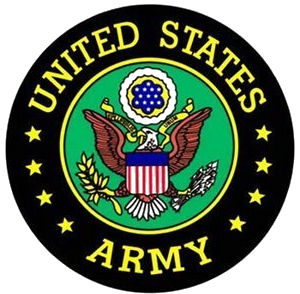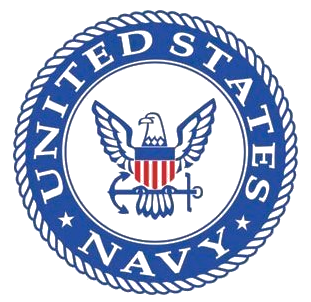Monticello, Illinois VA Home Qualifications
Qualifying for a VA Home Purchase in Monticello, IL
Once you’ve determined that you’re eligible to apply for a Monticello, Illinois VA loan, there are some things you need to do to make sure that you will qualify for the loan.
One of the key factors in securing a good deal on a home purchase is having a high credit score. But it’s a little different with VA loans in Monticello, IL—you can often get a good loan even with a low credit score and a short credit history. The lack of an established credit history does not mean that you cannot get approved for a loan. A satisfactory payment history for utilities or rent can show that you are responsible with your monthly bills and can substitute for an established credit history.
If you’re thinking of applying for a Monticello VA loan in the near future, it’s a wise idea to pull your credit reports and check for any inaccuracies. If you find any, those inaccuracies should be disputed and taken care of before you start the loan process.
You can even apply for a Monticello VA loan just two years after Chapter 7 bankruptcy has been discharged. A full explanation of the bankruptcy will be required along with the re-establishment of good credit. In this situation it is an absolute must to show that you have a stable job and steady income.
The situation is a bit different with Chapter 13 bankruptcy. You can still be paying on Chapter 13 bankruptcy and receive a Monticello, IL VA loan—but you must have been making on-time payments for at least one year. Once again, a full explanation of the bankruptcy, a stable job, and the re-establishment of good credit will be required.
There is not usually an income requirement for those who apply for VA loans in Monticello, IL. But borrowers are expected to have reliable income to show that they will be able to make their new mortgage payment.
The VA also requires that borrowers have a certain amount of income left over each month after all of their major expenses are paid. This residual income requirement keeps defaults low by ensuring that applicants can meet financial obligations and have a cushion in case of an emergency.
Your debt-to-income ratio is the amount of your monthly gross income that goes toward debt. The VA’s acceptable debt-to-income ratio is 41%. Smart Mortgage can help you figure out what your current debt-to-income ratio is. It’s a complicated process because there are exceptions and variables that can affect your final ratio. If your debt-to-income ratio is higher than the VA’s threshold, you can lower it by paying off debt before applying for your refinance loan. Smart Mortgage can discuss your options with you so that you will be eligible for a refinance as soon as possible.
Anyone who receives a VA loan in Monticello, IL will have to have filled out a Certificate of Eligibility (COE). This is what verifies to the lender that you are indeed eligible for a VA loan. You do not have to have the COE before you start the VA loan process.
The kind of evidence you need to have to establish your eligibility depends on several factors. It shouldn’t be too difficult to get the required information and fill out the form.
We will help you with the COE process, if desired. For those with sufficient data in the VA’s system, lenders can establish and issue a COE in just a few minutes. If you prefer, you have several other options. You can fill out and submit the form online, or you can download it, print it, and mail it to the VA. A side note: spouses must apply by mailing in this form.
Get the Best VA Mortgage Rate

I’m Confident and Ready to Start My Online Application.
If you’re looking for a personal VA mortgage experience near Monticello, IL you’ve come to the right place. Get the best of both worlds with a designated VA professional plus technology. What’s even better are the lower rates, no upfront fees and fast closings.
Rates so low the nations largest VA lenders panic when consumers find out about our Monticello VA Mortgage Rates. Connect with your personal VA Loan Expert by calling 888-208-9797.

Get my VA Rate!
5 Star Rankings Since 1997

Call the VA Question and Pre-Approval Hotline
1-888-767-0554
Get Qualified for a VA Loan Near Monticello, Illinois
A VA approved lender; Not endorsed or sponsored by the Dept. of Veterans Affairs or any government agency.
Monticello (/ˌmɒntɪˈtʃɛloʊ/ MON-tih-CHEL-oh) was the primary plantation of Thomas Jefferson, the third President of the United States, who began designing and building Monticello at age 26 after inheriting land from his father. Located just outside Charlottesville, Virginia, in the Piedmont region, the plantation was originally 5,000 acres (20 km2), with Jefferson using slaves for extensive cultivation of tobacco and mixed crops, later shifting from tobacco cultivation to wheat in response to changing markets. Due to its architectural and historic significance, the property has been designated a National Historic Landmark. In 1987 Monticello and the nearby University of Virginia, also designed by Jefferson, were together designated a UNESCO World Heritage Site. The current nickel, a United States coin, features a depiction of Monticello on its reverse side.
Jefferson designed the main house using neoclassical design principles described by Italian Renaissance architect Andrea Palladio and reworking the design through much of his presidency to include design elements popular in late 18th-century Europe and integrating numerous ideas of his own. Situated on the summit of an 850-foot (260 m)-high peak in the Southwest Mountains south of the Rivanna Gap, the name Monticello derives from the Italian for “little mount”. Along a prominent lane adjacent to the house, Mulberry Row, the plantation came to include numerous outbuildings for specialized functions, e.g., a nailery; quarters for domestic slaves; gardens for flowers, produce, and Jefferson’s experiments in plant breeding—along with tobacco fields and mixed crops. Cabins for field slaves were farther from the mansion.




